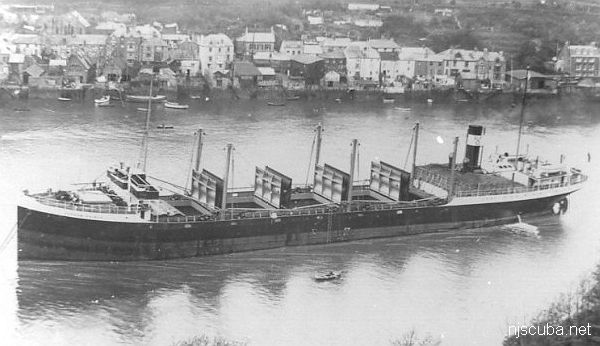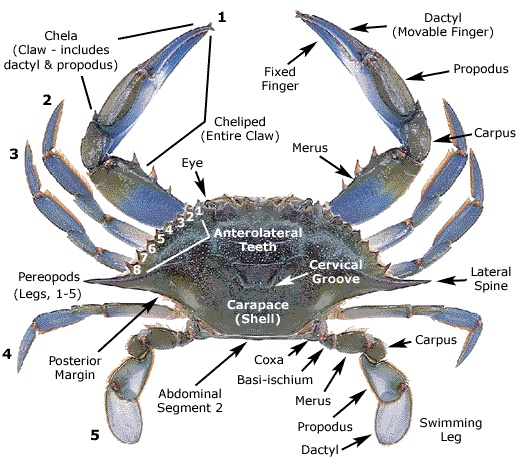Gypsum Prince

- Type:
- shipwreck, freighter, England
- Built:
- 1927, England
- Specs:
- ( 347 x 52 ft ) 3915 gross tons, 26 crew
- Sunk:
- Sunday May 3, 1942
collision with freighter Voco ( 5090 tons) - 6 casualties - Depth:
- 70 ft
Today the Gypsum Prince sits in 80 ft of water on a sandy bottom. She was blown up in August of 1942 because she was a hazard to navigation, and today she is almost completely torn apart - a mass of twisted metal and hull plates. All this gives good cover for lobster and fish. She is a hard wreck to dive because of her location at the end of the Cape Henlopen Breakwater. Current can be very fast and visibility is usually poor, diving at slack tide is strongly suggested.

The Voco was also involved in the collision that sank the Choapa.


Questions or Inquiries?
Just want to say Hello? Sign the .